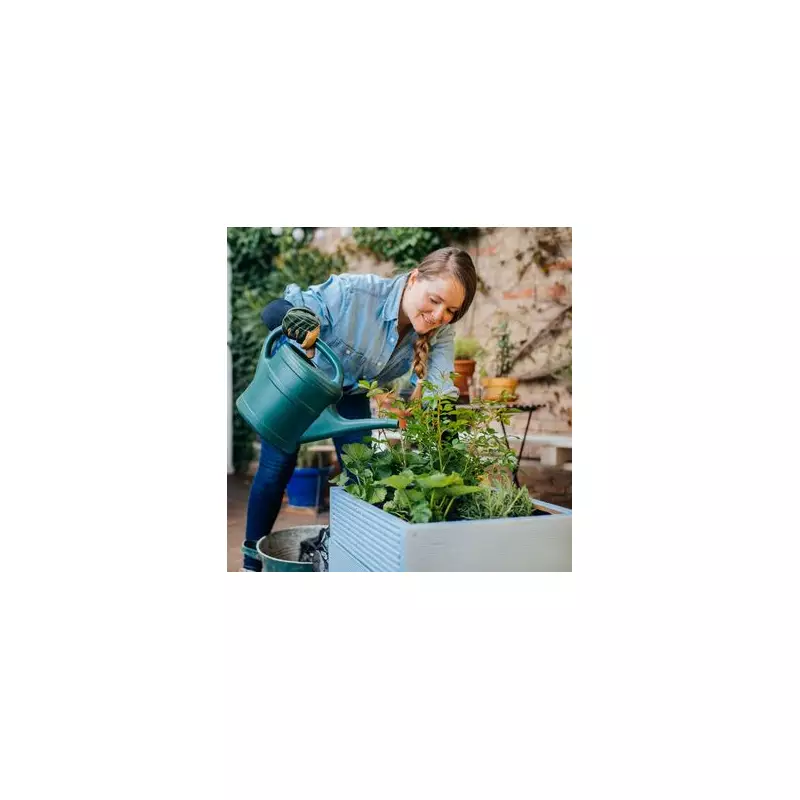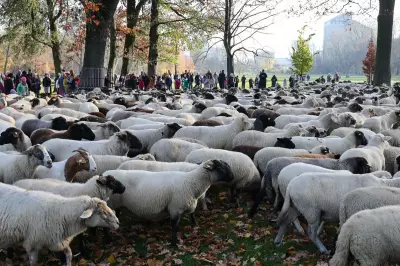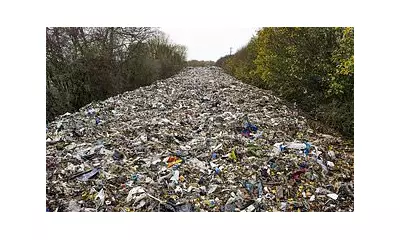
British gardeners are being urged to transform their outdoor spaces into vibrant butterfly sanctuaries by planting five specific flowers that promise to bring colour and life to any garden. As biodiversity concerns grow across the UK, these carefully selected blooms offer both beauty and ecological benefits.
Why Your Garden Needs Butterfly-Friendly Flowers
With butterfly populations facing increasing pressure from habitat loss and climate change, British gardens have become crucial sanctuaries for these delicate pollinators. Creating a butterfly-friendly space not only supports local ecosystems but also adds mesmerising movement and colour to your outdoor area.
The Essential Five Flowers for UK Gardens
Buddleia (The Butterfly Bush) - This classic British garden favourite lives up to its nickname, producing fragrant conical flowers that act like magnets for butterflies. Its nectar-rich blooms provide essential energy for various species throughout the summer months.
Lavender - Not just for its calming scent and Mediterranean charm, lavender's slender flowers are perfectly shaped for butterflies to access nectar. This drought-resistant plant offers long-lasting blooms that keep butterflies returning throughout the season.
Verbena bonariensis - With its tall, slender stems and clusters of tiny purple flowers, this architectural plant allows butterflies to flutter freely while feeding. Its airy structure makes it perfect for layering in borders without overshadowing other plants.
Sedum (Ice Plant) - As summer transitions to autumn, sedum becomes a vital food source for butterflies preparing for migration or hibernation. Its flat flower heads provide perfect landing pads for feeding butterflies.
Hebe - This versatile evergreen shrub offers both structure and sustenance, with different varieties flowering at various times to provide nearly year-round nectar sources. Its compact growth makes it ideal for gardens of all sizes.
Creating Your Butterfly Sanctuary
Beyond simply planting these flowers, successful butterfly gardening involves thoughtful planning. Position plants in sunny, sheltered spots where butterflies can bask and feed undisturbed. Avoid using pesticides, and consider leaving some areas of your garden slightly wild to provide shelter and breeding grounds.
By incorporating these five essential flowers into your planting scheme, you'll not only create a stunning visual display but also contribute to conserving Britain's precious butterfly populations for generations to come.





